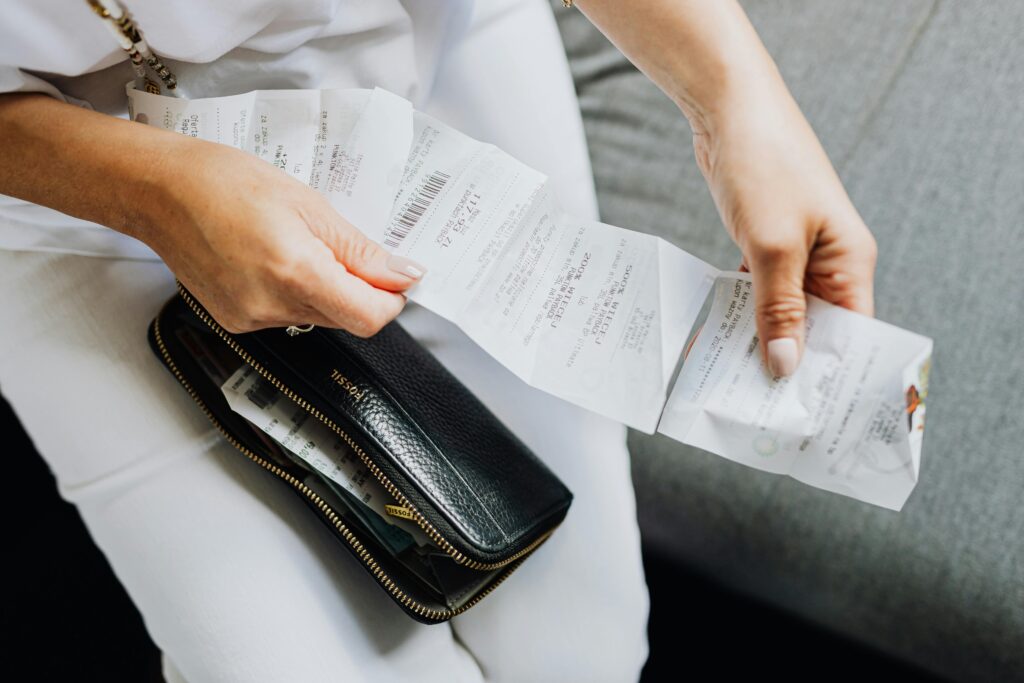Let’s be real — raising a family is expensive. Between groceries, clothes, activities, and everything in between, it feels like money just disappears from your bank account. But here’s the thing: living frugally doesn’t mean your kids have to miss out, and it definitely doesn’t mean you have to feel like you’re constantly sacrificing.
I’ve been there. I used to think frugal living meant saying “no” to everything fun. Spoiler alert: it doesn’t. It’s about being smart with your money so you can say “yes” to what really matters.
Let me walk you through how to raise your family on less without anyone feeling deprived.
Start With Your Grocery Bill (This Is Your Biggest Win)

Your grocery bill is probably one of your biggest expenses, and it’s also where you have the most control. We’re not talking about eating ramen every night — we’re talking about strategic shopping that still keeps everyone happy and fed.
Here’s what actually works:
- Meal plan for the week. Spend 20 minutes on Sunday planning your dinners. When you know what you’re making, you stop those expensive last-minute takeout runs.
- Shop your pantry first. Before you make your list, see what you already have. That can of beans, those pasta boxes, that frozen chicken — use them up before buying more.
- Buy generic brands. I promise your kids won’t taste the difference between name-brand cereal and the store version. You can save $30-50 a month just by switching.
- Cook double batches. When you’re making chili or lasagna, make twice as much and freeze half. Future-you will thank you on those chaotic weeknights.
Even cutting just $40 from your weekly grocery bill adds up to over $2,000 a year. That’s a family vacation right there.
Make Entertainment Free (Or Really, Really Cheap)
Your kids don’t need expensive outings to have amazing memories. Some of my children’s favorite moments have cost absolutely nothing.
Try these instead of pricey entertainment:
- Library adventures. Most libraries have way more than books — think free movies, games, crafts, and story time events. Plus, it’s air-conditioned in summer and warm in winter.
- Nature is free. Parks, hiking trails, beaches — these are your best friends. Pack sandwiches and make it a picnic adventure.
- Host game nights. Board games, card games, or even homemade talent shows. Kids love the dedicated family time more than any theme park.
- Look for community events. Free outdoor movies, festivals, farmers markets, and concerts happen all the time. Check your local community center or Facebook groups.
We used to spend $150+ a month on weekend activities. Now? Maybe $20, and honestly, the kids seem happier because we’re more relaxed about it.
Buy Secondhand (And Feel Great About It)

I’ll admit it — I used to feel weird about buying used stuff for my kids. Then I realized how much money I was wasting on clothes they’d outgrow in three months.
Here’s where secondhand shopping shines:
- Clothes. Kids grow so fast. Thrift stores, Facebook Marketplace, and consignment sales are goldmines. You can outfit your kid for an entire season for $30-50.
- Toys and games. Check garage sales and online marketplaces. Most toys are barely used and cost 75% less than new.
- Sports equipment. That $200 baseball glove? Find it used for $40. If your kid sticks with the sport, upgrade later.
- Books. Used bookstores and library sales have kids’ books for $1-2 each instead of $15-20 new.
The bonus? You’re teaching your kids that things don’t have to be brand new to be valuable. That’s a life lesson worth more than money.
Get Creative With Birthdays and Holidays

Holidays don’t have to break the bank to be special. In fact, some of the most meaningful celebrations are the simple ones.
Make celebrations memorable without overspending:
- Set a budget per kid and stick to it. We do $100-150 per child for birthdays and holidays. Quality over quantity always wins.
- Start the “something you want, something you need, something to wear, something to read” rule. Four thoughtful gifts beat twenty random ones every time.
- Make experiences your gift. A special day trip, a cooking class together, or camping in the backyard can mean more than another toy that’ll be forgotten in a week.
- DIY party decorations. Your kid cares about their friends being there, not $200 worth of Pinterest-perfect decorations. Streamers, balloons, and homemade cake work just fine.
I used to stress about keeping up with other parents’ elaborate parties. Now I realize my kids just want cake, their friends, and maybe a piñata. Everything else is for the parents, not the kids.
Embrace Free or Low-Cost Activities as “Normal”
Here’s a secret: your kids won’t feel deprived if frugal choices are just your family’s normal. They don’t know other families spend differently unless you make it a big deal.
Make these your family norms:
- Water bottles instead of buying drinks. Teach kids to carry reusable water bottles everywhere. That’s $5-10 saved every outing.
- Pack snacks. Always have snacks in your bag or car. No more $8 popcorn at the movies or $6 pretzels at the zoo.
- Have a “special drink” night at home. Instead of going out for smoothies ($25 for a family), make them at home and call it “Smoothie Sunday.”
- Walk or bike when possible. Not only do you save on gas, but it becomes family exercise time.
The key is framing these choices positively. It’s not “we can’t afford it” — it’s “we’re choosing to spend our money on things that matter more.”
Teach Your Kids About Money Early

This might be the most important tip of all. When you involve your kids in frugal choices, they learn valuable life skills and feel included rather than restricted.
Here’s how to bring them into the conversation:
- Give them a small allowance and let them manage it. When they have to choose between buying two small toys or saving for one bigger thing, they learn prioritization.
- Explain choices simply. “We’re skipping the water park today so we can save for our beach trip this summer.” They get it more than you think.
- Let them help with grocery shopping. Give older kids a budget and a section of the list. “Find the best deal on pasta” turns into a game and a math lesson.
- Celebrate saving together. Have a visual savings goal (like a chart or jar) for something fun you’re all working toward as a family.
When I started involving my kids in money decisions, the whining for random stuff in stores dropped by like 80%. They started understanding that money is a tool, not magic.
Focus on What You’re Gaining, Not Losing
Here’s the mindset shift that changed everything for me: frugal living isn’t about deprivation. It’s about intention.
When you cut unnecessary spending, you’re not losing anything. You’re gaining freedom from financial stress. You’re gaining the ability to save for things that truly matter — whether that’s a college fund, a family vacation, or just peace of mind.
Think about it this way:
- Every $100 you don’t spend is $100 toward your goals.
- Every “no” to impulse buys is a “yes” to financial security.
- Every frugal choice is teaching your kids that happiness doesn’t come from stuff.
We went from living paycheck to paycheck to having a six-month emergency fund — and we did it without feeling miserable. That feeling of security? Way better than any shopping spree.
Related post: 15 Smart Money-Saving Tips for Moms
You’ve Got This
Raising a family frugally isn’t about perfection. Some weeks you’ll meal plan like a champ. Other weeks you’ll order pizza twice because life got crazy. That’s okay.
The goal isn’t to be extreme or rigid. It’s to find a balance where you’re spending less but still living a full, happy life. Start with one or two changes from this list. When those become habits, add more.
Remember: every small step counts. Saving $30 here and $50 there might not feel like much in the moment, but over a year? That’s thousands of dollars back in your pocket — and probably less stress in your life.
Your family won’t remember whether their clothes were new or secondhand. They’ll remember the time you spent together, the laughter at the dinner table, and the security of knowing they’re loved and cared for.
And honestly? That’s the best investment you can make.
What’s one frugal change you could make this week? Pick just one thing from this list and try it. You might be surprised at how easy it is — and how good it feels to take control of your money.
You’ve totally got this. Happy saving!






You can have anything you want in life if you dress for it.